Soft Drink Consumption Australia
Soft drink consumption australia. Participants who reported consuming 0mLday were considered consumers. Soft drinks with a daily increase of 57 grams or 38 to 158 grams per capita Flour rice and other grains up 40 grams or 135 to 34 grams Potatoes up 40 grams or 95 to 46 grams. They are available from a variety of outlets including convenience stores restaurants and cafes.
High28 Sugary soft drinks continue to hold the largest volume share of water-based beverage sales in Australia29 30 Just looking at supermarket retail sales Australians bought around 11 billion litres of sugary soft drinks in 2015 at a cost of 22 billion. The soft drink to total fluid consumption ratio had similar associations with mental health problems. Photo by Amanda Shepherd on Unsplash.
High soft drink consumption clusters with other unhealthy lifestyle behaviours among Australian secondary-school students. Keywords Soft drinks Stress Depression Suicidal ideation There is a relationship between nutrition and depres-. However this jump is normalizing in 2018 as the housing market cools and aggregate household debt looming large.
There is a positive association between consumption of soft drinks and mental health problems among adults in South Australia. 9 rows In an average seven days 623 of Australian children drink fruit juicedrinks at least. Soft drink consumption.
Increased taxes restricting their sale in schools as well as improved education on their harms are needed to lower adolescents soft drink intake. There is a positive association between consumption of soft drinks and mental health problems among adults in South Australia. 5000 people are directly employed in making soft drinks.
Each month a representative. Frozen drinks are frozen versions of many popular carbonated drinks. An international survey in 2002 put Australia sixth in the world for soft drink consumption consuming an average of 1001 litres each per year.
The development in the soft drinks to acknowledge the rising health concerns among the consumers is driving the growth of Australia soft drinks market. Soft drink to total fluid consumption ratio had similar associations with mental health problems.
However this jump is normalizing in 2018 as the housing market cools and aggregate household debt looming large.
An international survey in 2002 put Australia sixth in the world for soft drink consumption consuming an average of 1001 litres each per year. Consumption of soft drinks in 1995 was highest among the most socio-economically disadvantaged adults and differed between states and territories but not between urban and ruralremote regions in Australia. Coca-Cola Amatils response to. High28 Sugary soft drinks continue to hold the largest volume share of water-based beverage sales in Australia29 30 Just looking at supermarket retail sales Australians bought around 11 billion litres of sugary soft drinks in 2015 at a cost of 22 billion. There is a positive association between consumption of soft drinks and mental health problems among adults in South Australia. Drink soft drinksless than one cup a weekabout 13cups a week. Additionally soft drinks have other negative impacts which include gum and teeth related diseases and obesity. Students who indicated they consumed four or more cups 1litres per week were classified as. Data were collected using a risk factor surveillance system.
There is a positive association between consumption of soft drinks and mental health problems among adults in South Australia. The current study provided novel evidence that increased soft drink consumption is associated with mental health problems among adults in Australia. Consumers of soft drinks. This doesnt include what is bought from fast-food outlets. The development in the soft drinks to acknowledge the rising health concerns among the consumers is driving the growth of Australia soft drinks market. Whether this relates directly to the sugar content or some other pleasurable quality of soft drinks remains to be determined. Soft drink to total fluid consumption ratio had similar associations with mental health problems.




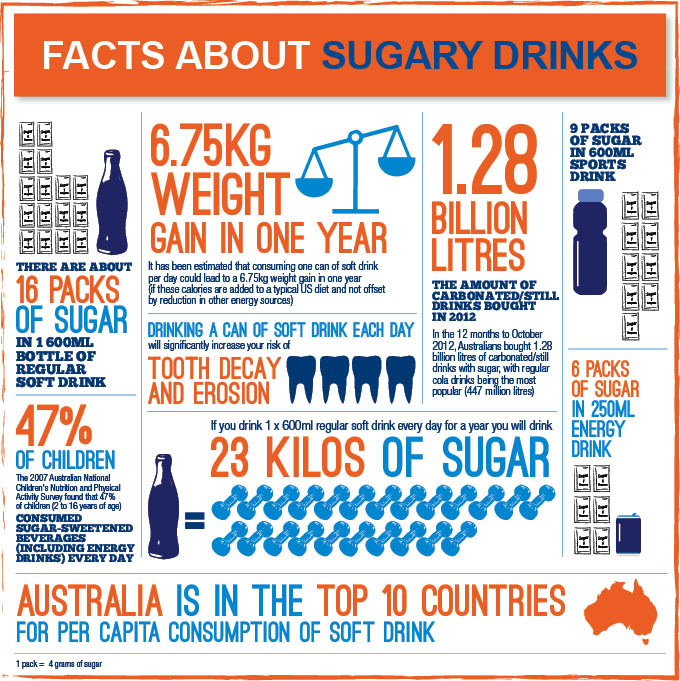
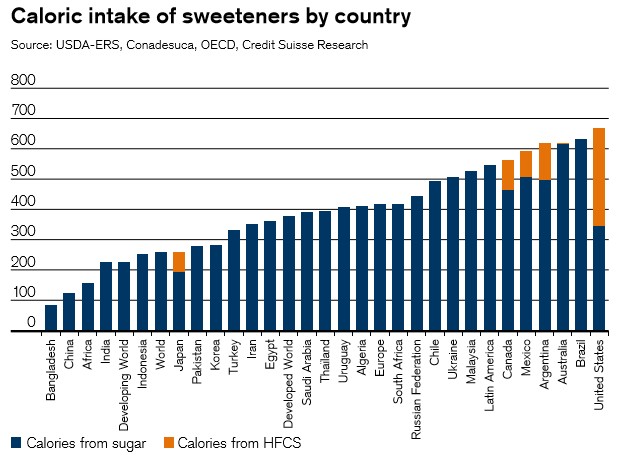
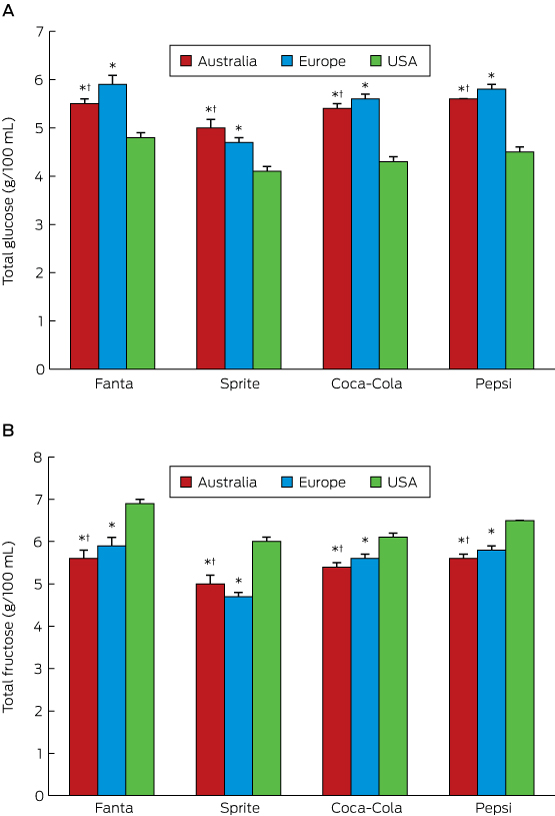






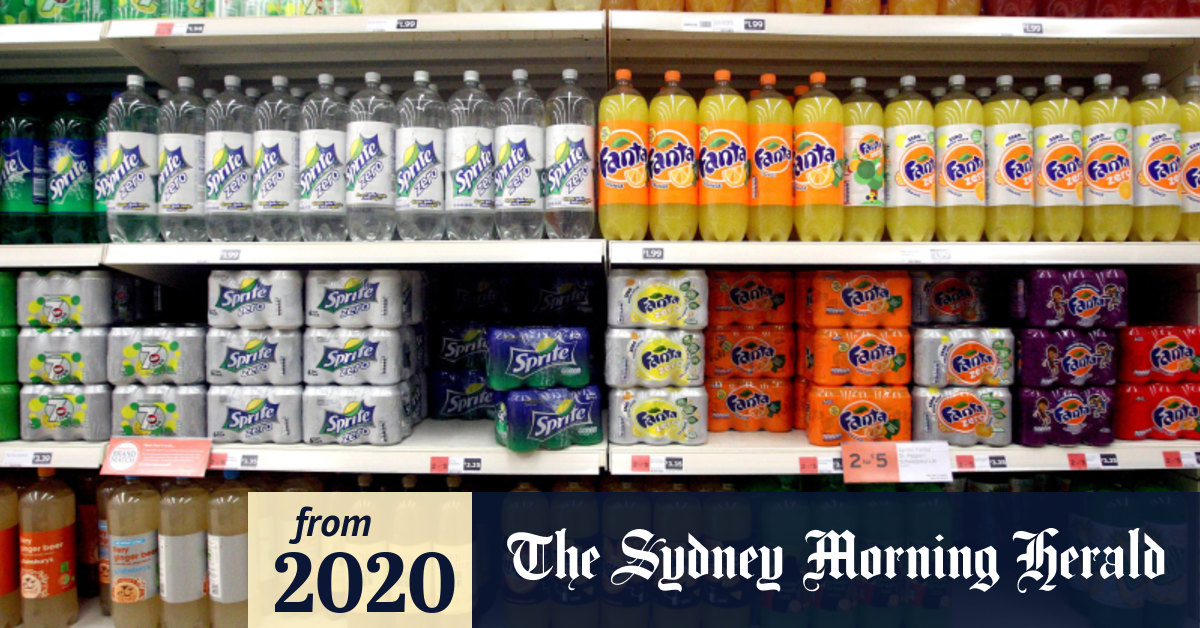

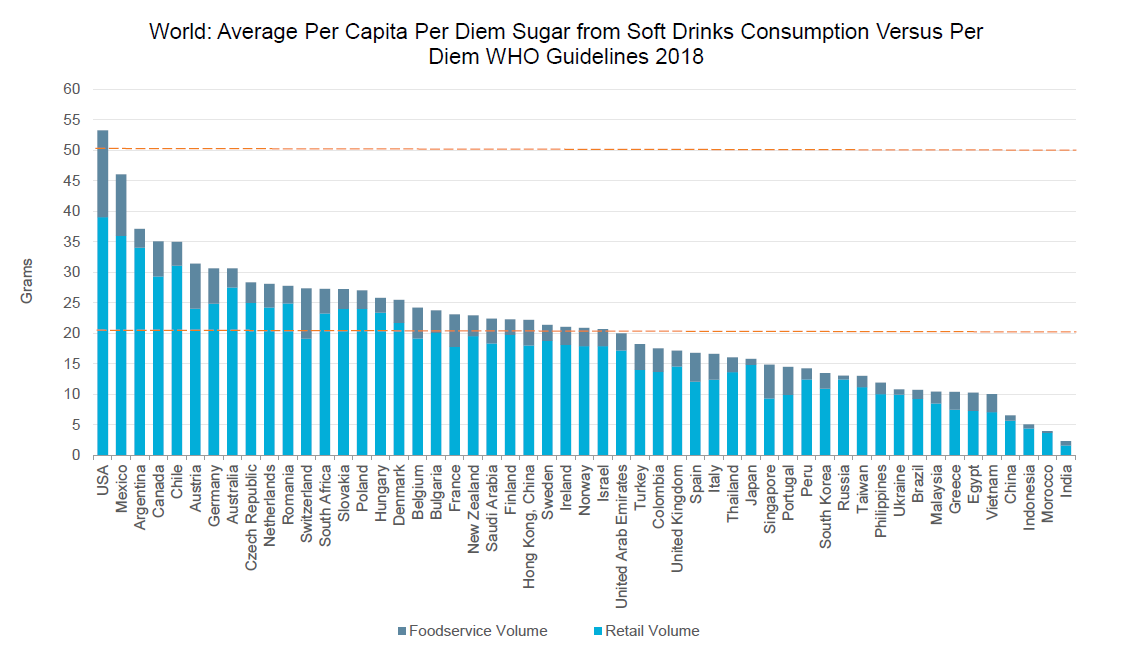

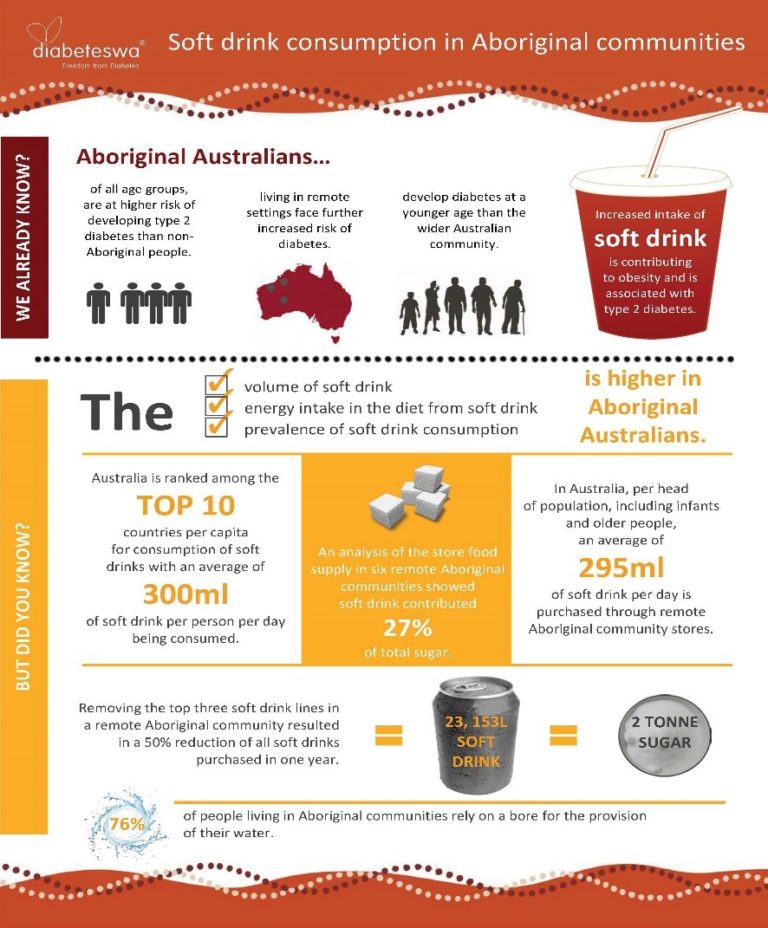
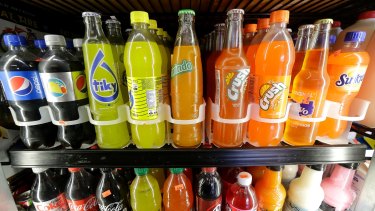

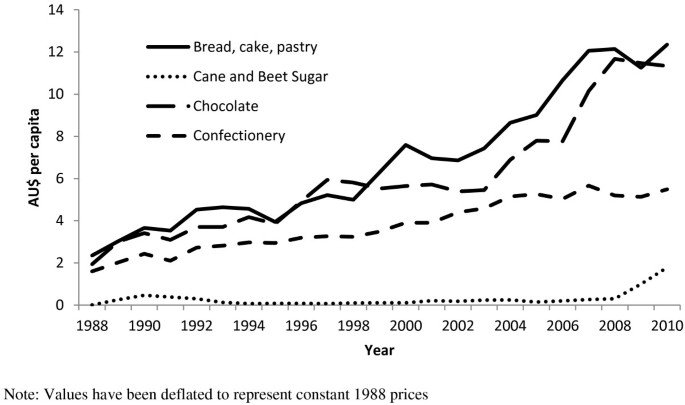
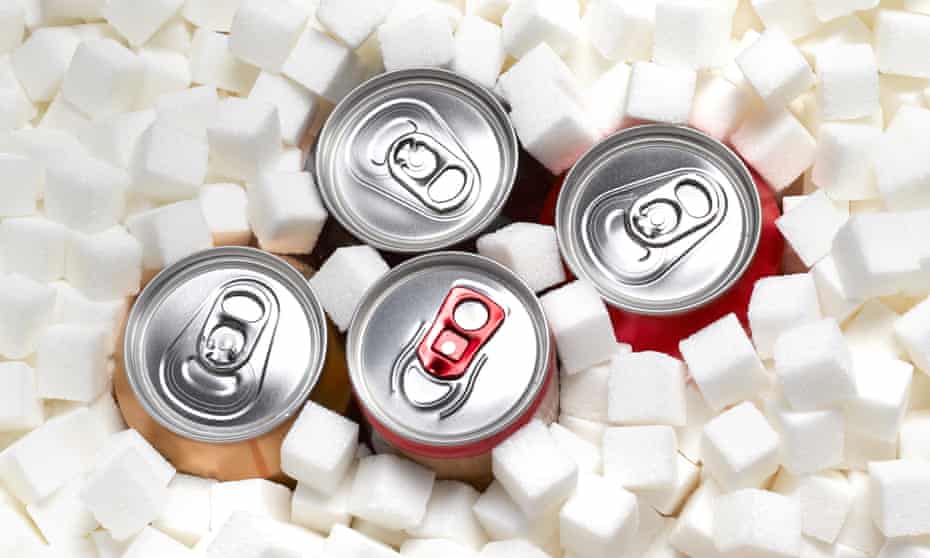


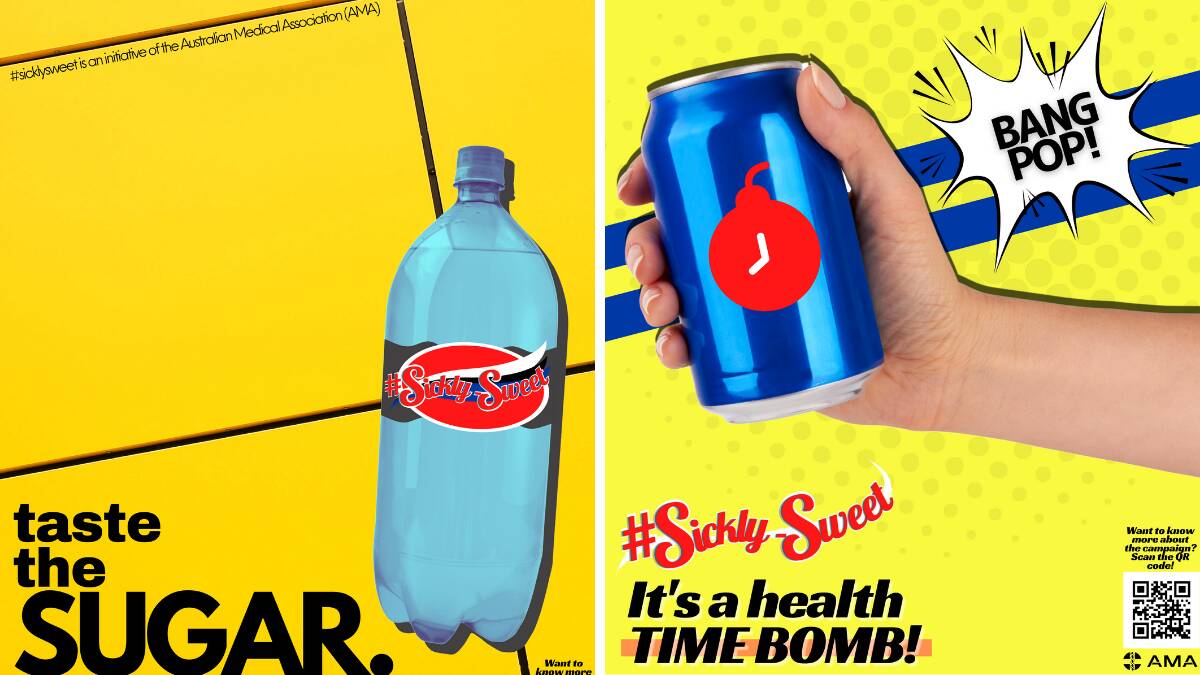
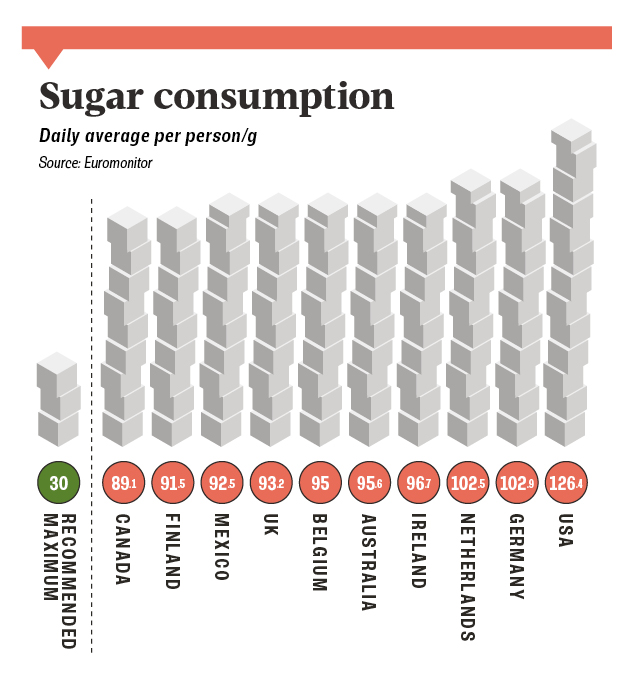
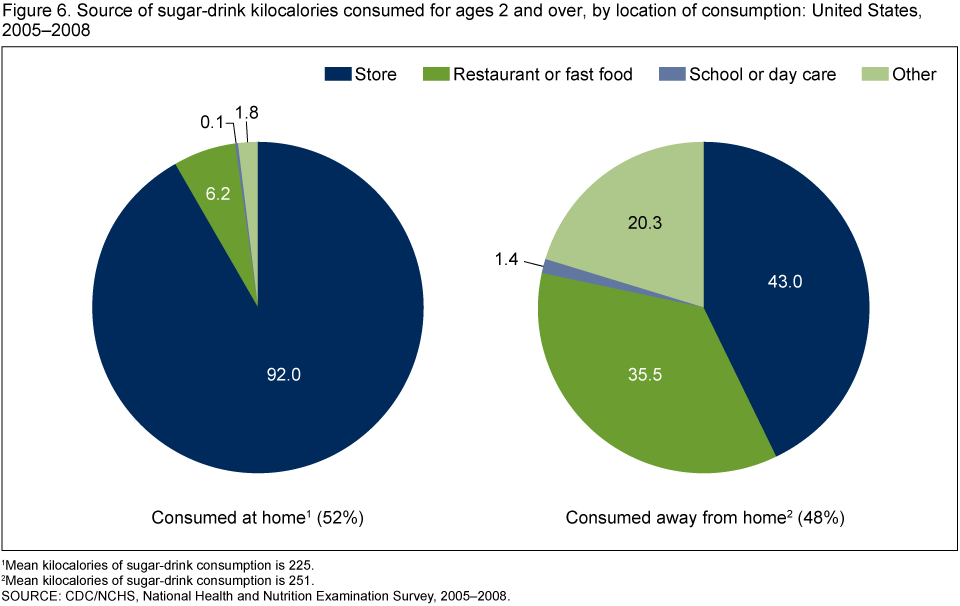
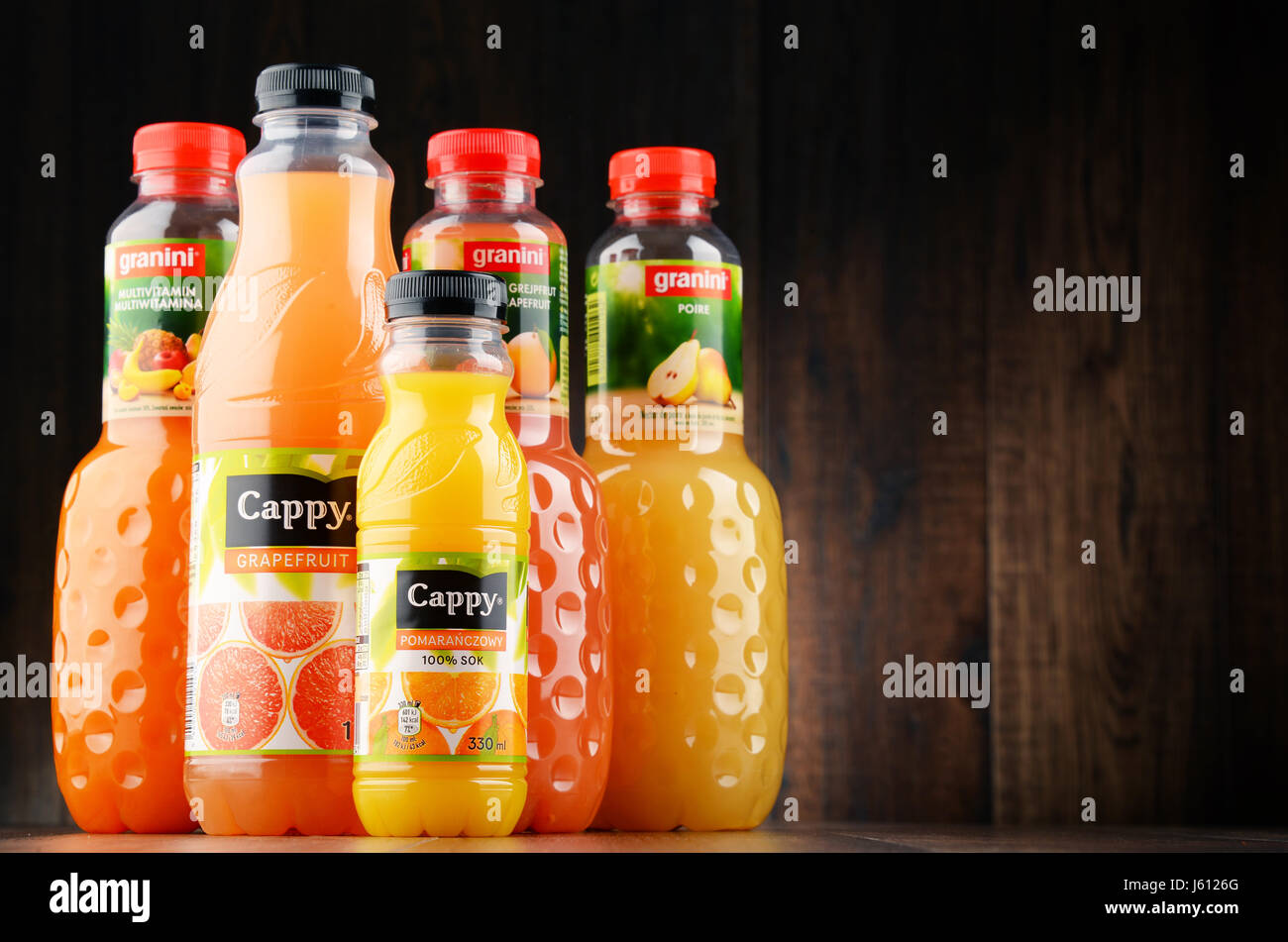

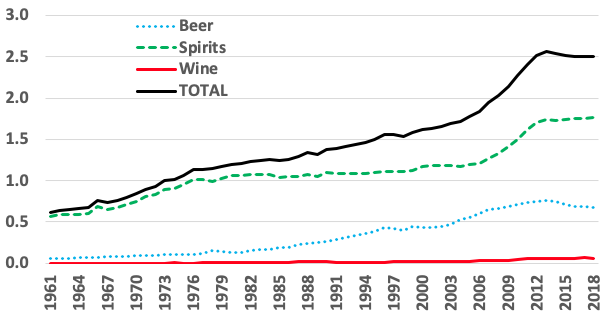

Post a Comment for "Soft Drink Consumption Australia"